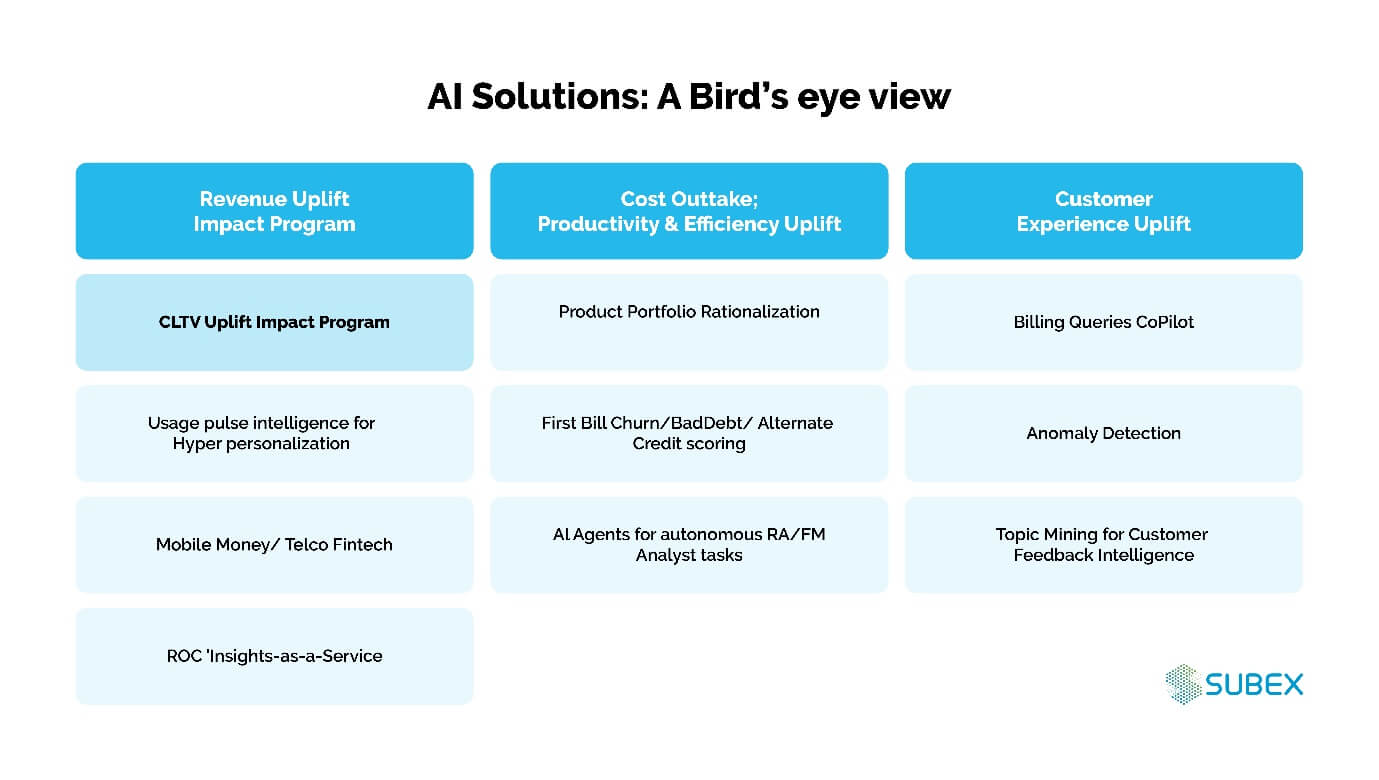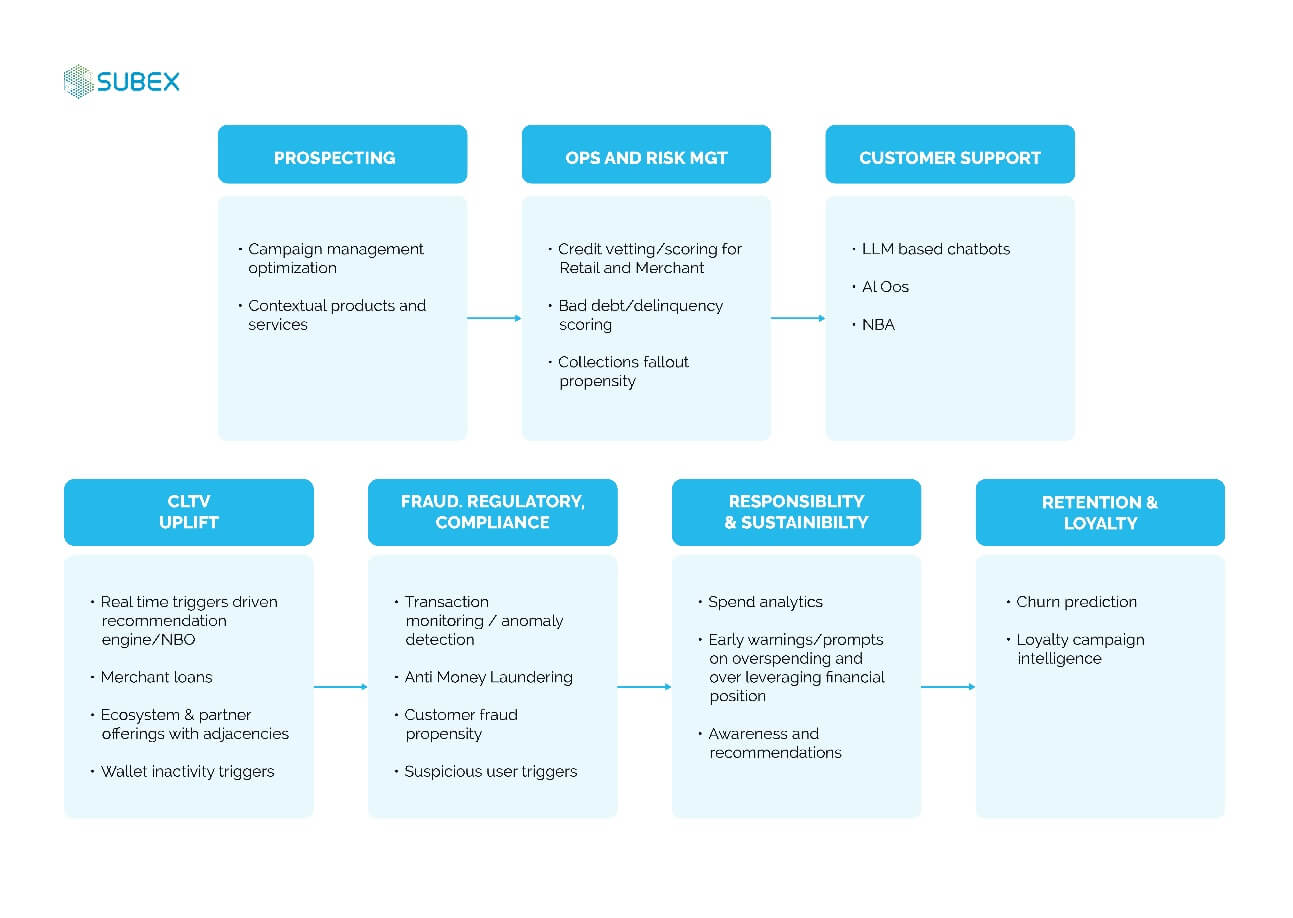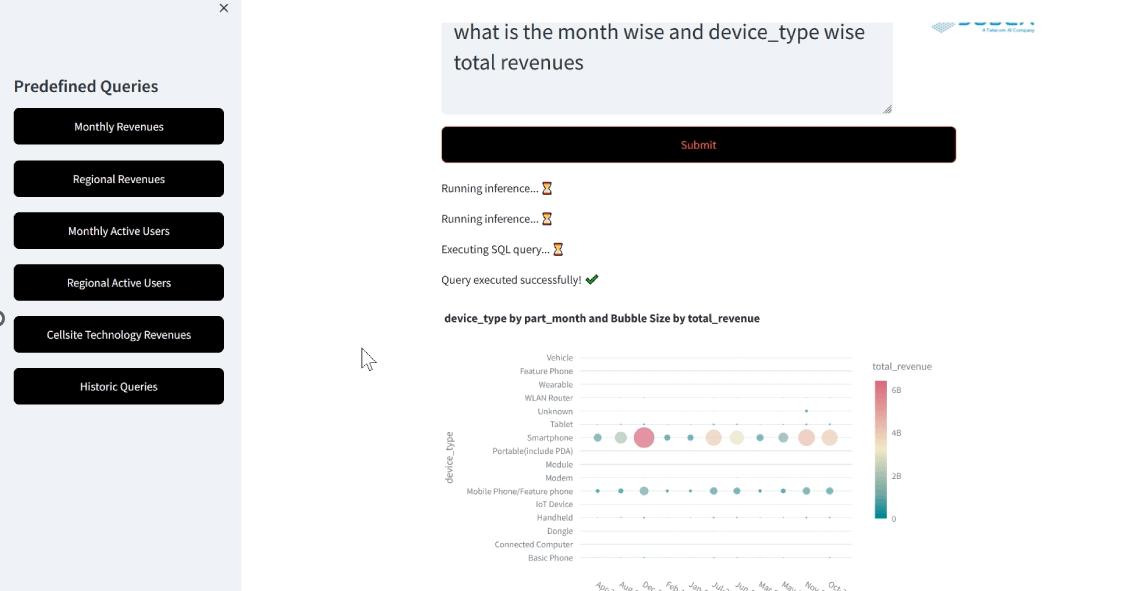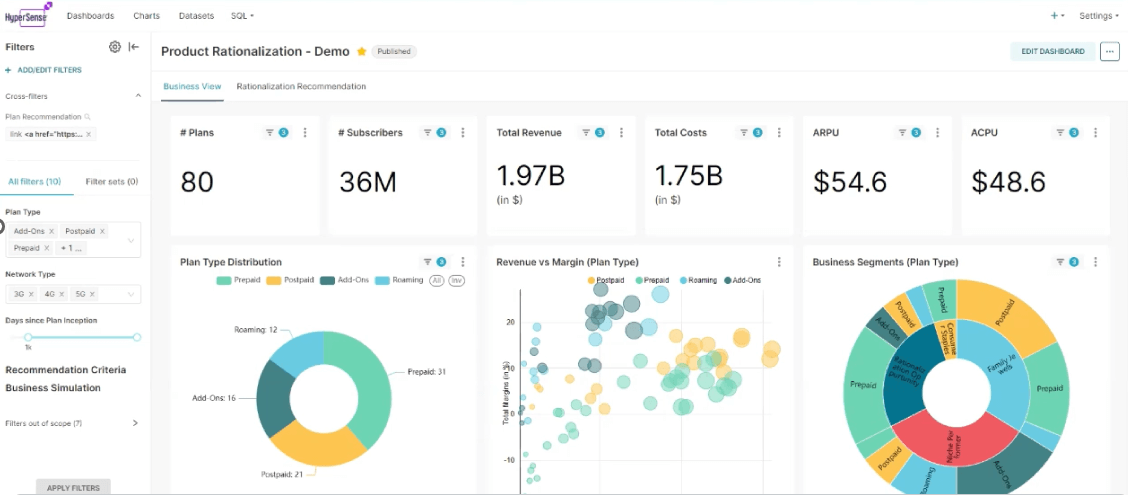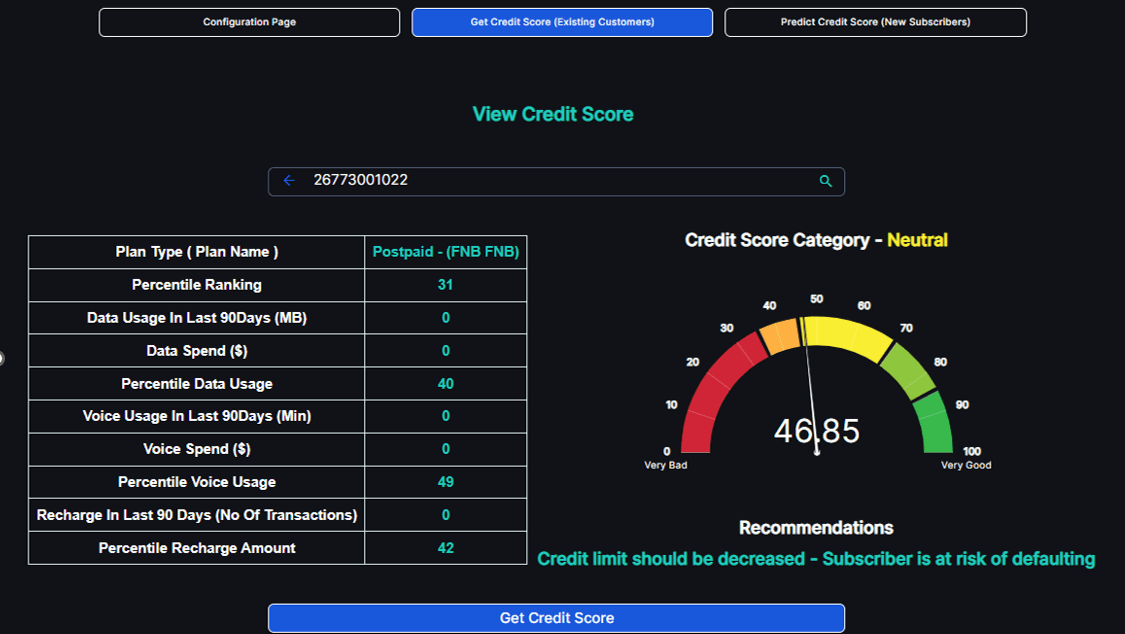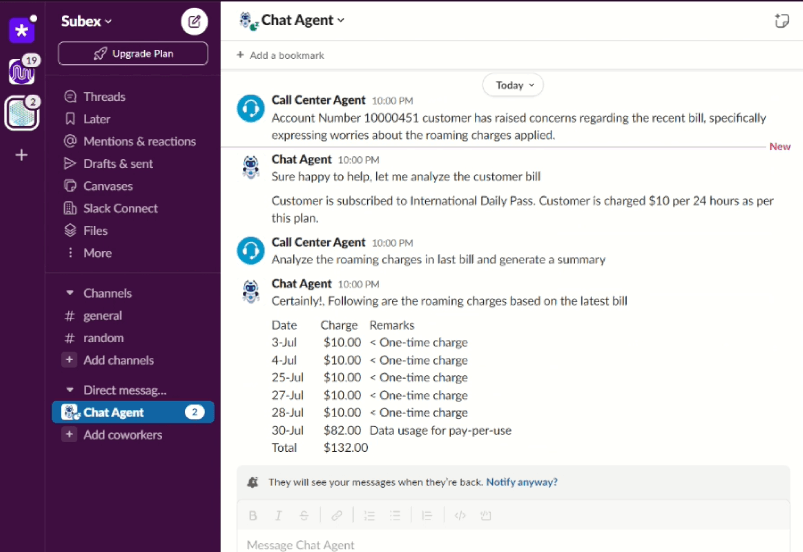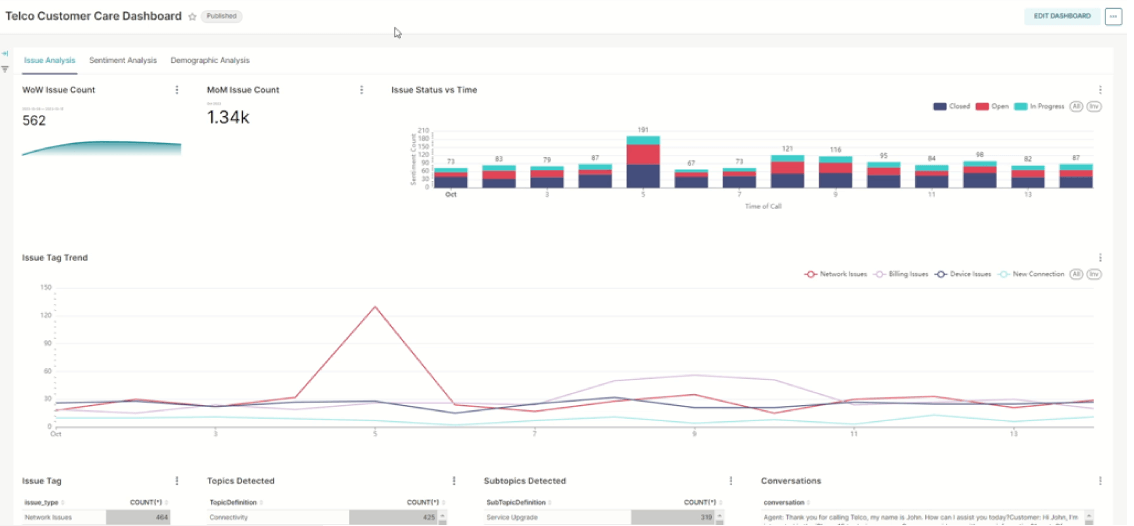Generative AI and the Future: Why Agents are the Next Big Leap
The world has been enthralled with the remarkable potential and powers of generative artificial intelligence (Gen AI) in recent years. Large language models (LLMs), one of the foundational models, have proven to be remarkably adept in producing content in a variety of formats, including text, audio, graphics, and video, and at extracting insights. But the next phase of the development of Gen AI looks to be much more revolutionary.
From Knowledge-Based Tools to Action-Oriented Agents
The knowledge-based Gen AI tools we are accustomed to, like chatbots that provide material and respond to queries, are about to undergo a dramatic change, giving way to Gen AI-enabled “agents.” These agents perform intricate, multi-step workflows across digital contexts by using foundational concepts. Essentially, as technology advances, cognitive work are being replaced with actionable tasks.
Digital systems that are capable of autonomously interacting with and reacting to a dynamic environment are generally referred to as “agentic” systems. Although there have been basic iterations of these systems for years, new possibilities are opened up by the incorporation of Gen AI’s natural language processing powers. These days, these systems are able to coordinate with other agents and humans, plan their activities, use web resources to complete tasks, and learn from mistakes in order to keep getting better at what they do. Gen AI agents may soon behave as highly proficient virtual employees who communicate with people in a natural way. For example, a virtual assistant may handle the hassles of arranging and booking a customized, intricate travel schedule, coordinating with multiple travel agencies. Likewise, an engineer could describe a new software feature in everyday language to a programmer agent, which would then handle the coding, testing, iteration, and deployment of the tool it helped to create.
Creating agentic systems has always been difficult, requiring either extremely specialized machine-learning model training or tedious rule-based programming. But this terrain has been drastically altered by Gen AI. Agentic systems can adapt to different scenarios, much like LLMs can intelligently respond to prompts for which they haven’t been explicitly trained, when they are built using foundational models—trained on large and varied unstructured datasets—instead of relying on predefined rules. Furthermore, human users can instruct a Gen AI-enabled agent system to carry out intricate activities by utilizing natural language instead of computer code. A multi-agent system could then interpret and organize this workflow into actionable tasks, assign these tasks to specialized agents, execute them using a digital ecosystem of tools, and collaborate with other agents and humans to iteratively enhance the quality of its actions.
In this article, we explore the opportunities that using Gen AI bots offers. The technology is gaining a lot of attention even though it is still in its early stages and needs more technological advancement before it is ready for mass business adoption. Big tech firms like Microsoft, OpenAI, and Google have made significant investments in software libraries and frameworks that enable agentic capabilities in the last 12 months. Applications with an LLM foundation, including Microsoft Copilot, Amazon Q, and Google’s planned Project Astra, are moving from a knowledge-based to an action-oriented model. Additionally, organizations and research facilities are leading the way in the creation of multi-agent systems and agent-based models.
The Power of Agentic Systems
Agentic systems, capable of independent interaction within dynamic environments, have been in development for years. However, the integration of Gen AI has catapulted these systems to new heights.
Key advantages of Gen AI-powered agents include:
Handling Complexity and Variability
Traditional automation often struggles with the intricate and dynamic nature of many business processes. While linear workflows with clear endpoints can be efficiently managed through rule-based systems, real-world scenarios rarely adhere to such rigid structures. Unforeseen circumstances and multiple potential outcomes frequently disrupt these systems, necessitating human intervention.
Gen AI agents, underpinned by foundation models, excel in handling these complexities. They can navigate a vast array of possibilities within a given use case, adapting in real-time to unforeseen challenges. This flexibility is crucial for processes that demand nuanced judgment and adaptability.
Democratizing Automation Through Natural Language
Automation has historically been the domain of technical experts, requiring the translation of complex processes into code. This barrier significantly limits the potential of automation. Gen AI agents, however, introduce a paradigm shift by enabling users to interact through natural language.
By describing tasks in plain language, even non-technical staff can participate in the automation process. This democratization of automation fosters collaboration between technical and non-technical teams, accelerating innovation and ensuring that automation aligns closely with business objectives.
Expanding Capabilities Through Tool Integration
Gen AI agents are not confined to isolated operations. They can seamlessly integrate with a wide range of digital tools and platforms, expanding their capabilities and creating new possibilities. From data analysis and visualization tools to web search and human feedback mechanisms, agents can leverage the power of the digital ecosystem.
This ability to interact with external systems is a cornerstone of agentic behavior. Foundation models play a crucial role in enabling agents to learn how to interface with different tools and platforms effectively. Without this capability, integrating and coordinating various systems would be a time-consuming and error-prone manual process.
How Gen AI Agents Work
Gen AI agents operate through a cyclical process:
1. User Input: Users provide a clear and concise task or goal.
2. Task Decomposition: The agent breaks down the task into smaller, manageable subtasks.
3. Task Allocation: Subtasks are assigned to specialized agents or components.
4. Execution and Iteration: Agents collaborate to execute tasks, gathering information and refining outputs based on feedback.
5. Action: The agent takes necessary actions in the real world, if applicable.
Transformative Use Cases for Gen AI Agents
1. Revenue Uplift Impact Program
- CLTV Uplift Impact Program: Leveraging Gen AI agents, businesses can enhance Customer Lifetime Value (CLTV) by employing advanced data analytics and predictive modeling. These agents can analyze customer behavior patterns in real-time, enabling hyper-personalization of offers and services. This program includes:
a. Usage Pulse Intelligence for Hyper-Personalization: AI agents monitor and analyze customer usage patterns, allowing telcos to offer personalized plans and services that align with individual customer needs, thus driving increased usage and loyalty.
b. Mobile Money/ Telco Fintech: Gen AI agents are transforming the mobile money and telco fintech sectors by optimizing financial transactions, enhancing customer engagement, and improving risk management. These agents detect fraudulent activities, recommend financial products, and streamline payment processes, leading to significant revenue growth. Additionally, they power real-time recommendation engines and Next-Best-Offer (NBO) strategies, facilitate credit vetting and scoring for retail and merchant clients, and predict bad debt and collection risks.
Beyond financial optimization, Gen AI agents also enhance customer support through AI-powered chatbots and improve campaign management by offering contextual products and services. They contribute to regulatory compliance by monitoring transactions for anomalies and supporting anti-money laundering efforts. With capabilities that extend to customer churn prediction and loyalty campaign intelligence, these agents ensure a secure, efficient, and personalized experience across the mobile money and telco fintech landscape.
c. Revenue Operations ‘Insights-as-a-Service’: Gen AI agents can provide real-time insights into market trends and customer behavior. By integrating with business intelligence platforms, these agents deliver actionable insights, helping organizations make data-driven decisions that boost revenue.
Below is an example of how the Subex ROC platform can be used to gain advanced insights and intelligence with the power of GenAI.
2. Cost Outtake; Productivity & Efficiency Uplift
a. Product Portfolio Rationalization: AI agents can analyze product performance and customer demand to identify underperforming products, streamline portfolios, and eliminate redundant offerings. Optimize your product offerings with Subex’s AI-driven similarity mapping and recommendation engines that identify underperforming products and suggest strategic adjustments. By leveraging these advanced tools, businesses can streamline their portfolios, focusing on high-value products that align with customer demand. This approach not only reduces excess costs by at least 30% but also enhances revenue through targeted campaigns. Additionally, businesses can achieve a 0.35% to 0.5% revenue uplift by utilizing AI-powered upselling insights that identify and act on new opportunities for growth.
b. First Bill Churn/Bad Debt/Alternate Credit Scoring: By leveraging advanced machine learning algorithms, telcos can proactively identify subscribers likely to default on expensive handset bundles from the very first billing cycle, significantly reducing financial losses. This solution boasts over 95% accuracy in predicting potential bad debt customers, including those seeking new connections, with an estimated detection of 3.4 million KD in at-risk revenue. Additionally, by employing Alternate Credit Scoring, telcos can reduce retail customer bad debt by up to 30%, further protecting their bottom line.
Here’s an image showcasing AI-driven credit score analysis, utilizing advanced ML algorithms to predict subscriber default risk on expensive handset bundles.
c. AI Agents for Autonomous RA/FM Analyst Tasks: By leveraging autonomous agents equipped with ‘SME’-level domain knowledge, telcos can perform Revenue Assurance (RA) and Fraud Management (FM) tasks with minimal supervision. These AI agents significantly enhance productivity, boosting FM and RA analyst efficiency by over 50%. Moreover, they centralize domain knowledge, making it accessible to lesser-skilled analysts and ensuring consistent, high-quality outputs. This solution is also extensible to other people-intensive processes within the telco environment, driving broader operational efficiencies.
3. Customer Experience Uplift
a. Billing Queries Co-Pilot: By utilizing a GenAI-powered Co-Pilot, telcos can assist Customer Care agents in efficiently addressing and resolving billing issues. Subex’s AI-driven support tool enhances call center agent productivity by over 50%, enabling quicker and more accurate resolutions. Additionally, it centralizes domain knowledge, making it accessible for broad-based use, even by less experienced agents, ensuring consistent and effective customer service. This leads to quicker resolutions and improved customer satisfaction.
Here’s an image of Subex’s AI-powered chat agent assisting customer support with billing inquiries.
b. Anomaly Detection: GenAI-powered agents can be used to detect anomalies across critical metrics such as Network, Traffic, Revenue, Payments, Subscriptions, Collections, and Commissions. These AI agents continuously monitor customer interactions and transactions, identifying irregularities that could indicate issues like billing errors, service disruptions, or potential fraud. Early detection allows for prompt resolution, ensuring smoother operations and enhancing overall customer experience.
c. Topic Mining for Customer Feedback Intelligence: By harnessing the power of GenAI, you can mine customer tickets, network tickets, and customer feedback posts to gain precise insights into the issues that need immediate attention. This AI-driven analysis supports various business applications, including:
- Call Center Transcripts Analysis: Identifying recurring issues and optimizing responses.
- Call Center Agent Performance Analysis: Evaluating and enhancing agent effectiveness.
- Social Media Customer Feedback Analysis: Monitoring and responding to customer sentiment.
- New Product Feature Recommendations: Uncovering opportunities for innovation based on customer needs.
By addressing root causes quickly, this approach can reduce up to 60% of calls to the Call Center related to the same problem, significantly improving customer satisfaction and operational efficiency.
Below is a pictorial representation of Call Center Feedback Analysis:
Preparing for the Age of AI-Driven Agents
As agentic technology rapidly evolves, business leaders must begin preparing for its potential impact. While still in its early stages, the increasing investment in agentic systems suggests that these technologies will soon achieve significant milestones and may be deployed at scale in the coming years. It’s crucial for leaders to familiarize themselves with these developments and assess whether key processes or strategic goals could be accelerated by adopting agentic capabilities. This proactive approach can inform future planning, ensuring that organizations remain at the forefront of innovation.
To effectively prepare for the integration of agentic systems, organizations should focus on three key factors:
1. Codification of Relevant Knowledge: Implementing complex agent-driven use cases will require businesses to clearly define and document their processes into structured workflows that agents can learn from. Capturing subject matter expertise and converting it into instructive natural language inputs will be essential in streamlining and automating intricate tasks.
2. Strategic Tech Planning: Businesses must organize their data and IT systems to ensure seamless integration with agentic technologies. This involves capturing user interactions for continuous feedback, ensuring agent systems can interface with existing infrastructure, and building the flexibility needed to incorporate future innovations without disrupting current operations.
3. Human-in-the-Loop Control Mechanisms: As AI agents begin to interact with real-world scenarios, it is vital to establish control mechanisms that balance autonomy with risk management. Human oversight will be necessary to validate the accuracy, compliance, and fairness of agents’ outputs. Moreover, collaboration with subject matter experts will help maintain and scale these systems, creating a learning loop that supports ongoing improvement.
| McKinsey’s latest “State of AI” survey revealed that over 72 percent of companies are already deploying AI solutions, with a growing focus on generative AI. |
With AI adoption already widespread, it’s clear that the integration of advanced technologies like AI-driven agents is on the horizon. As businesses increasingly focus on generative AI, it’s essential to incorporate these frontier technologies into strategic planning and future AI roadmaps. Agent-driven automation is poised to revolutionize entire industries, offering unprecedented speed and efficiency in business operations.
Conclusion
The rise of GenAI-enabled agents marks a significant leap in the evolution of artificial intelligence, transforming how businesses operate and innovate. These agents move beyond knowledge-based systems to action-oriented solutions, driving efficiency, adaptability, and enhanced customer experiences. Whether through automating complex tasks, personalizing interactions, or detecting anomalies, GenAI agents are set to redefine industry standards. As the technology matures, companies that integrate these agents into their operations will gain a substantial competitive advantage, paving the way for a more dynamic and responsive business environment.
For businesses aiming to lead in this evolving landscape, adopting GenAI agents is essential. Subex’s AI Solutions empower organizations to fully capitalize on these advanced technologies, delivering customized solutions that address the complexities of today’s digital challenges. By integrating these tools, companies can achieve greater efficiency, drive innovation, and secure their place in the AI-driven future.
Lead the AI revolution—partner with Subex today!

